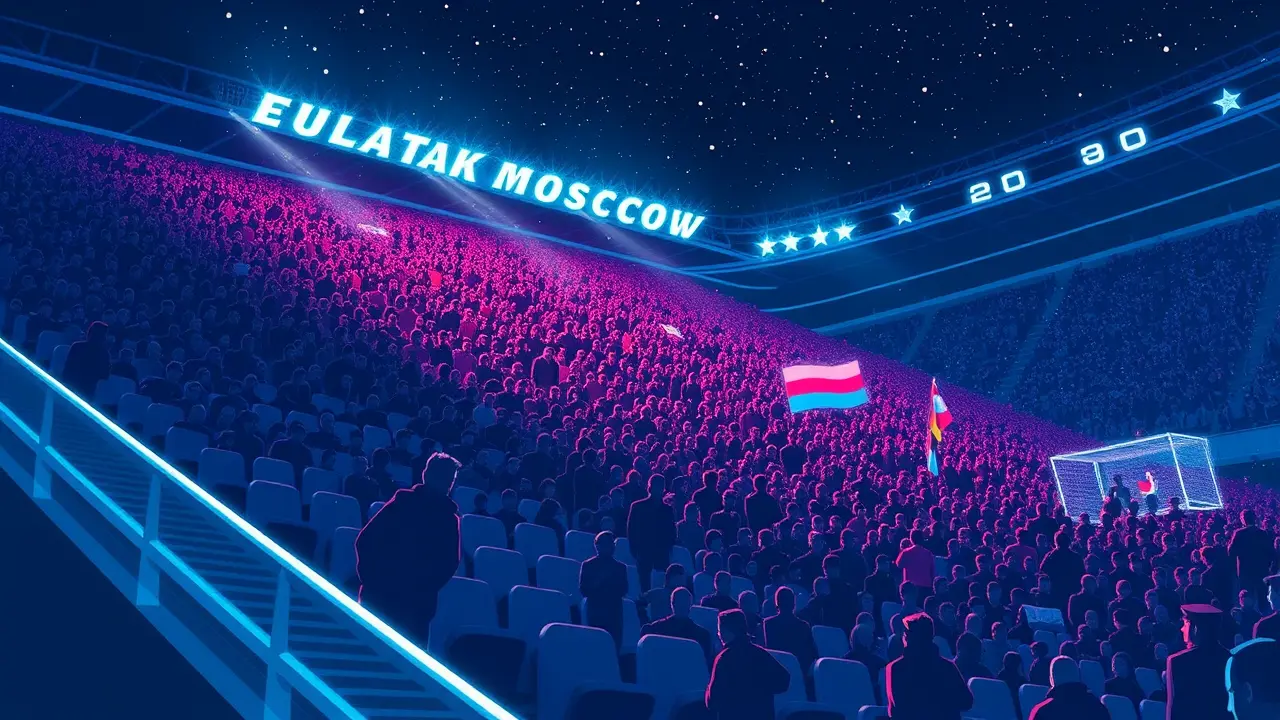Spartak Moscow remembers 1982 fan tragedy, the darkest day.
The 20th of October, 1982, remains a scar on the soul of Russian football, a day when the beautiful game turned tragically ugly in the cavernous Luzhniki Stadium. Just moments before the final whistle of a UEFA Cup tie between Spartak Moscow and Dutch side HFC Haarlem, a routine exit by supporters spiralled into a catastrophic human crush, a chaotic, suffocating melee on the icy terraces that, by the official—and many believe conservative—count, claimed 66 lives and injured hundreds more.This wasn't a tragedy born of hooliganism or violence, but a perfect storm of Soviet-era negligence, criminally poor stadium design, and a fatal misjudgment by authorities. With the match winding down in a 2-0 victory for the home side, a large contingent of fans began heading for the exits to beat the inevitable post-game crowds, a common practice worldwide.However, in a decision of breathtaking incompetence, a stadium official, reportedly seeking to ease congestion at one end, ordered a single exit gate to be reopened, inadvertently funelling a massive, returning wave of fans back into the path of those still trying to leave. The result was a human logjam of unimaginable force on a narrow, icy staircase, a lethal bottleneck where people were pressed together with such intensity that asphyxiation was instantaneous for many; victims, some as young as fourteen, were found with their coats still buttoned, their hands in their pockets, having had no time to even struggle.The Soviet state machinery, true to its nature, immediately moved to suppress the full horror of the event. News was buried in obscure paragraphs of sports newspapers, the death toll was minimised, and a narrative of blame was subtly shifted onto the victims themselves, portrayed as unruly drunkards.For decades, the true scale of the Luzhniki disaster was a whispered secret among the Spartak faithful, a collective pain held in private, with the club itself only officially beginning to commemorate the anniversary after the collapse of the USSR. The tragedy exposes the grim calculus of the Cold War era, where the lives of ordinary citizens were deemed expendable for the sake of state image, a stark contrast to the global outpouring of grief that followed the Hillsborough disaster seven years later, another terrace catastrophe with chillingly similar causes—failed policing, unsafe facilities, and a subsequent cover-up.The legacy of that October night is a permanent stain, a reminder that behind the tribal passion of football fandom lies a sacred contract of safety between club and supporter, a contract that was brutally violated. For Spartak Moscow, a club with a rich and rebellious history, the darkest day is not a forgotten statistic but a living memory, an eternal flame of mourning for the dozens who went to watch their team and never returned home, their silent voices forever echoing in the stands they once filled.
It’s quiet here...Start the conversation by leaving the first comment.
© 2025 Outpoll Service LTD. All rights reserved.
